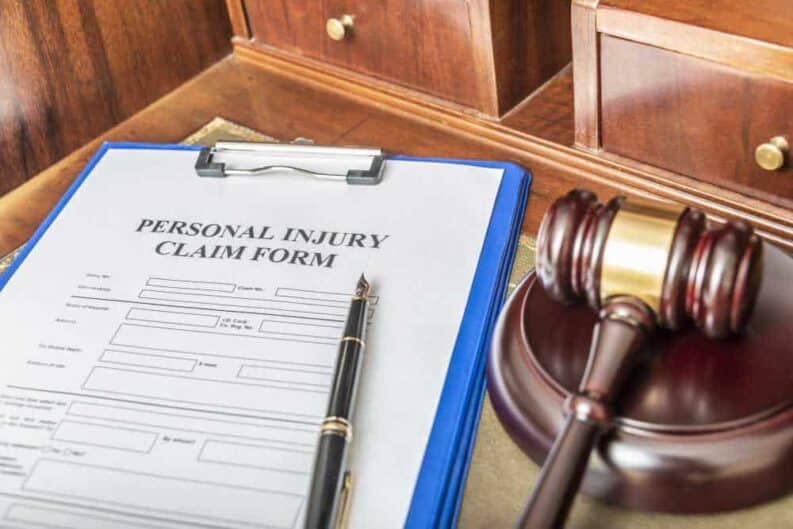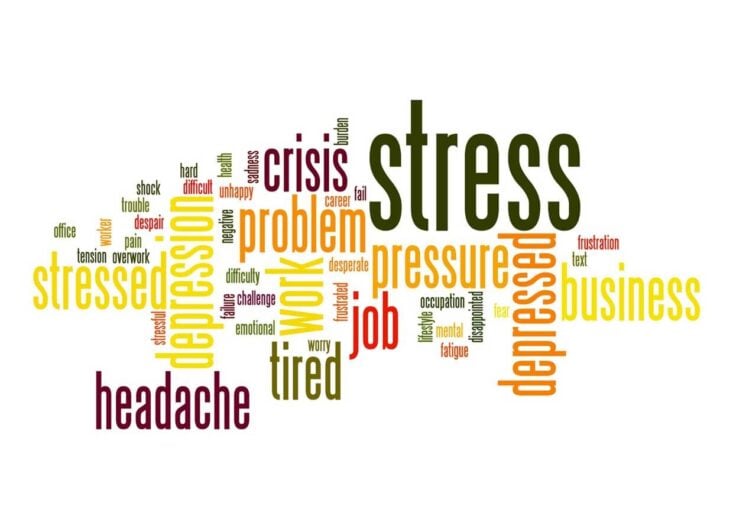The personal injury claims process can be confusing. To recover compensation after an accident, you need evidence that proves several elements.
This article outlines these elements, the exception to the rule, and what evidence you need to get the compensation you deserve — even if you’re partly responsible for the accident.
Establishing Negligence
Personal injury claims revolve around a person or party hurting another through carelessness — or negligence. An employee at your local restaurant might have forgotten to put out a wet floor sign, causing you to slip and injure your back, or a motorist might get distracted by their child, causing them to crash into the back of your car.
Whatever the case, it’s not enough to think a person was negligent — you must prove it by establishing:
- A duty of care: The defendant was responsible for exercising reasonable care to avoid causing you harm.
- A breach of that duty: The defendant breached their duty by acting — or failing to act — in a certain way.
- Causation: The breach directly caused your injuries.
- Damages: You suffered actual harm or losses due to the defendant’s actions.
Negligence Per Se
Negligence per se is a legal doctrine that effectively allows a plaintiff (the person bringing a personal injury claim) to skip proving the first two elements of negligence. It applies when a defendant has violated a statute or regulation designed to protect a group of people (to which the injured person belongs) against a specific harm.
Some common examples include speeding, failing to yield the right of way, and driving under the influence.
For example, if a motorist gets behind the wheel after a night of drinking and crashes into your car, negligence per se may apply because:
- The driver violated a law (driving while intoxicated)
- The law intends to protect the public (to which you belong)
- The law is designed to protect against accidents and injuries to others.
In this case, you would not have to prove the driver breached a duty of care they owed you. However, you would need to prove causation and damages.
What Are Damages?
To successfully claim compensation after an accident, you must show you have suffered damages due to the defendant’s negligence. There are two main types of damages:
Economic damages: These represent the quantifiable losses you’ve suffered, including lost wages, property damage, and the cost of medical treatment.
Non-economic damages: Non-economic damages compensate you for pain and suffering, emotional distress, loss of enjoyment, and the overall impact of your injuries on your life.
Gathering Evidence
Collecting evidence is crucial to prove negligence and secure compensation. Common types of evidence used to support a personal injury claim include:
- Medical records and bills: These prove causation (the injuries you sustained and when you sustained them) and damages (the financial cost of treatment).
- Photographs and videos: Visual evidence from the accident scene can demonstrate your injuries, property damage, and a breach of duty.
- Witness statements: Witness testimony can corroborate what happened, especially if the defendant disputes they caused the accident.
- Expert testimony: Medical professionals, accident reconstructionists, and economic experts can testify to your injuries and long-term expenses and explain how an accident happened to prove the defendant is responsible.
What If You’re Responsible?
If you’re partially at fault for your accident, it can affect your entitlement to compensation. A few states have contributory negligence laws, preventing you from filing a claim if you’re just 1% at fault.
However, most states adopt comparative negligence laws, which means you can recover compensation if you are not 100% liable. Your compensation is then reduced based on your liability.
Some states impose a cap on the level of fault. For example, in Texas, you can claim if you are less than 51% at fault, so if you are 20% responsible for your accident, a McAllen personal injury lawyer could secure 80% of your damages.
Putting It All Together
The best way to illustrate how to prove negligence is with an example.
Let’s say you go out for a meal with friends. Before you enter, a server spills a drink on the floor and fails to place a warning sign. You later slip on the wet spot and sustain a spinal cord injury, requiring medical treatment.
To satisfy the four elements of negligence, you would need evidence that proves the following:
- Duty of care: To prove the restaurant had a duty of care to provide a safe environment to patrons, you might rely on internal policies demonstrating what staff should do in the event of a spillage.
- Breach of duty: To demonstrate the restaurant breached its duty by failing to warn customers of the hazard, you might gather evidence like the standard operating procedure instructing staff to place a wet floor sign and photographs and witness statements showing they failed to do so.
- Causation: To prove the breach of duty caused your injuries, you might rely on photographs of your injuries, medical reports documenting your injuries and that the fall caused them, and CCTV footage showing the restaurant failed to warn of the hazard that resulted in your fall and subsequent injuries.
- Damages: Evidence proving you suffered damages might include medical bills, expert medical testimony explaining the future treatment you will need, and wage slips proving how much income you have lost from being unable to work.
While you can file a claim on your own, it’s beneficial to hire an attorney. A skilled personal injury lawyer will gather evidence to prove the four elements of negligence, negotiate a fair settlement with insurance companies, and argue your case in court to get you the compensation you deserve, allowing you to focus on your recovery.















